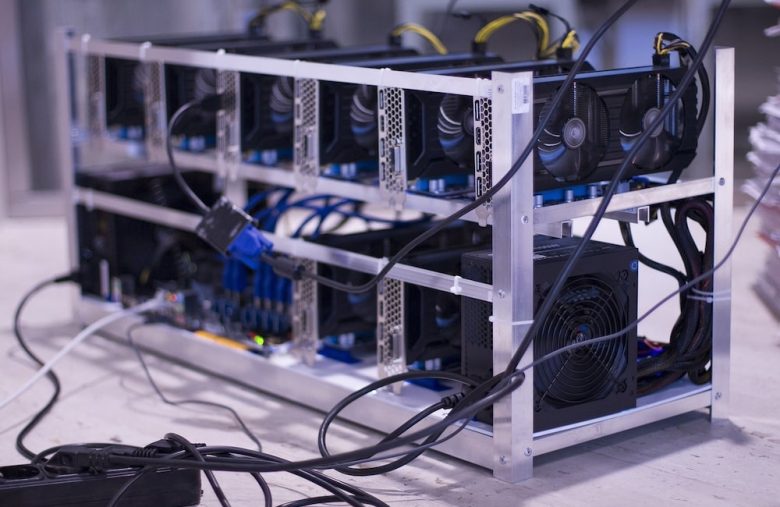Solo Bitcoin Miner Makes $200K in Rare Outcome

The solo miner made about $200,000 by mining block 841,286.
On April 28, Con Kolivas, a software engineer and administrator from the solo mining pool ckpool, shared on X that a miner solved the 282nd solo block in the history of Bitcoin.
Kolivas noted that the miner had a significant hash rate of about 120 PH (peta hashes) at that time, equivalent to around 0.12 EH (exa hashes). Its average weekly hash rate was roughly 12 PH, approximately 0.02% of the total network hash rate.
The reward for solving block 841,286 (282nd solo block) had been reduced from 6.25 BTC to 3.125 BTC in the Bitcoin halving event at block 840,000 on April 20. This meant that the reward was worth approximately $200,000 based on the BTC prices.
The Significance of Solo Mining
After analyzing the block-solve summary, Kolivas speculated that the miner had moved from pooled mining to solo mining after the halving. This was probably because they were no longer able to recoup their electricity costs. Alternatively, the miner may have been intermittently renting or hashing large amounts of solo blocks.
Bitcoin mining involves using computational power to solve and add the next block to the network. As the price of Bitcoin has increased, mining has become more popular, resulting in increased competition and hash rates. As a result, it has become almost impossible to solve a block alone.
It is worth noting that mining a valid block solo is a highly uncommon occurrence, which is often compared to winning the lottery. This feat is so rare that it has only occurred 282 times out of approximately 841,300 blocks mined in Bitcoin’s history.
The financial impact of achieving solo mining is noteworthy. Following the recent halving, the reward has been reduced to 6.25 BTC, but its value remains significant due to Bitcoin’s high market price. For example, in March 2023, a solo miner earned a full 6.25 BTC reward, valued at about $150,000 at that time. This demonstrates the variable profitability of mining, which is closely tied to Bitcoin’s market value fluctuations.




